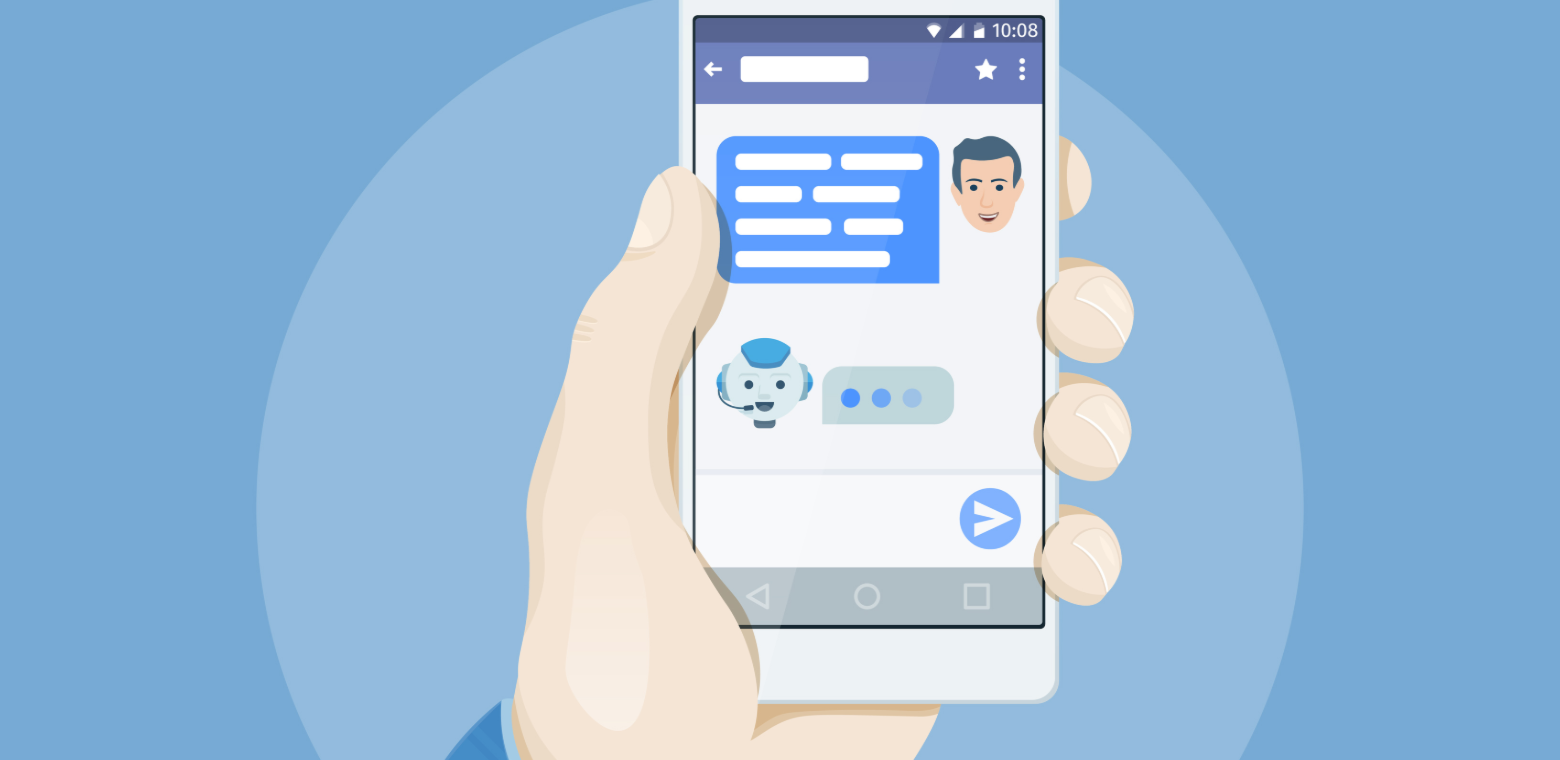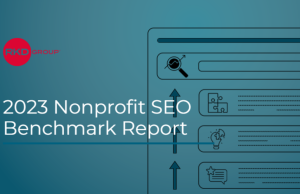Angie Aker calls it “The Little Mermaid” theory. It’s the concept that instead of waiting for people to come to be part of your world, you have to become part of theirs. Just as little Ariel sang, “I wanna be where the people are, I wanna see ‘em dancing.”
It’s why Food and Water Watch (FWW) chose Facebook Messenger as its platform to experiment with chatbots and try to shore up acquisition. People already have adopted Facebook and Messenger across demographics and likely are not going away anytime soon, said Aker, manager of web and social storytelling for FWW.
Aker was part of a session called “Tell Your Bot Who’s Boss: Using Emerging Tech to Drive Engagement” (#19NTCemergingtech) during the Nonprofit Technology Conference (NTC) in Portland, Ore., earlier this year. She was joined by Rachel Allison, co-founder and principal of Fresh Eye Digital, and Andre Sternberg, associate director, digital advertising, at Sierra Club.
Chatbots are a calculated risk but the data is encouraging that there can be significant Return On Investment (ROI), Aker said. And it’s the right time to experiment, with list growth and fundraising challenging for all nonprofits as an election year looms and attention and outrage fatigue set to peak.
Working to create a healthy future for all people and generations, where everyone has food they can trust and clean drinking water requires involving people in the pressing issues of the day, building on one win after another and developing a large movement that has political power to make the democratic process work, Aker said. That requires finding new ways to connect with people and motivate them. By going to where users already are congregating, like Facebook and Messenger, FWW can create an opportunity to build relationships.
When someone opts in to their chatbot, FWW has the ability to communicate with them in an ongoing way, which Aker said will be much more effective to build affinity and relationships. Rather than presenting people once with an ad, or with a post if they happen to get it in their newsfeed, when FWW gets someone to opt in to its chatbot, they have the ability to communicate with them in an ongoing way. That’s a much more effective way to build affinity and a relationship, and reinforce the brand to them multiple times, she said.
If you are having a difficult time getting executive buy-in on using chatbots, Andre Sternberg has a few suggestions. For one, there’s no cost per message/story after setting up a chat bot, and it has pretty amazing conversion rates. You can always fall back on emphasizing the need to embrace emerging technology so as not to be left behind, and the possibility to leverage for other platforms.
Sierra Club found that fundraising response rates were about five times higher than email and cost per acquisition was 50 percent less than Facebook ads. Not only that but messages were free to send via the Facebook Messenger chatbot. Sierra Club used organization-driven blasts like news, updates, action alerts, rapid response and fundraising appeals.
Since September 2017, Sierra Club has seen its subscriber growth rise to more than 475,000 reachable users and more than 200,000 weekly active users through 2018. They’ve added almost 200,000 new emails or contacts.
Chatbots are great for fundraising conversions, list growth, and branding and cultivation. If your organization already has relatively optimized in email, social and digital ad channels or content that can be repurposed to populate a flow or has a digital team that’s busy but not entirely maxed out.
Chatbots also are ideal for nonprofits that are looking for ways to boost or make up for softening email or web returns or trying to change brand perceptions.








